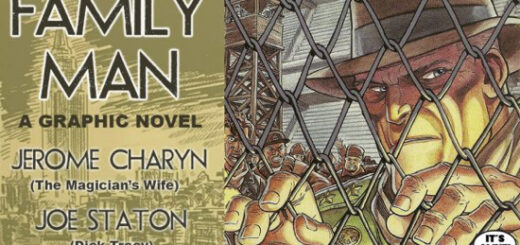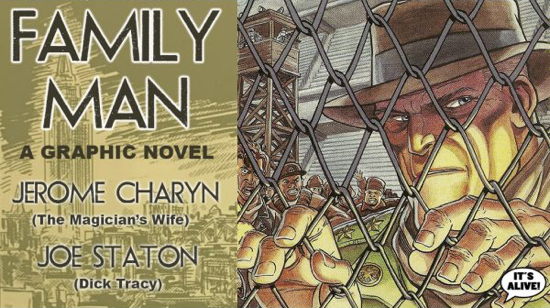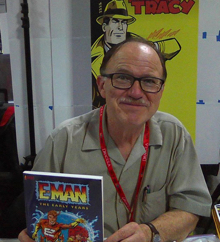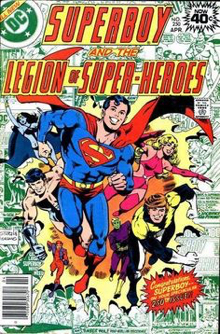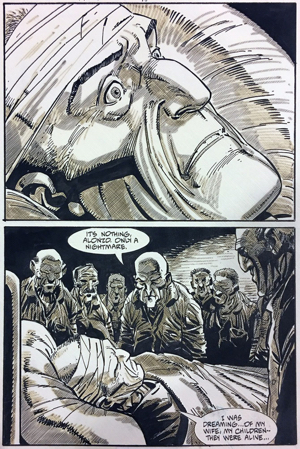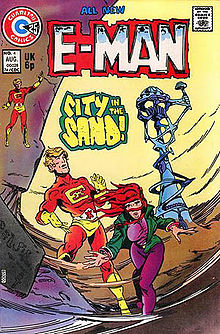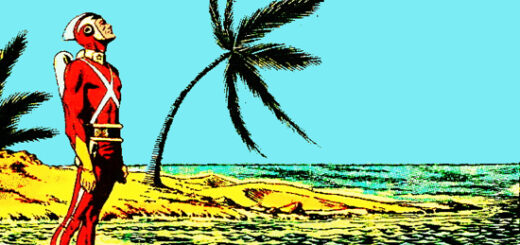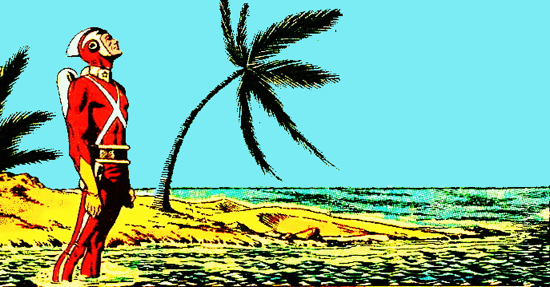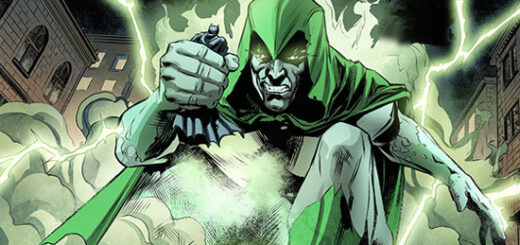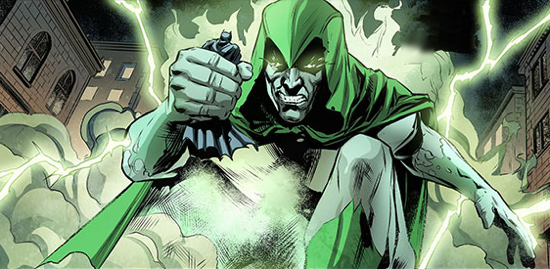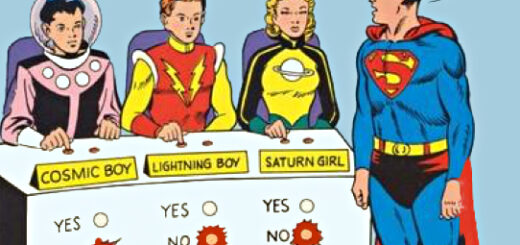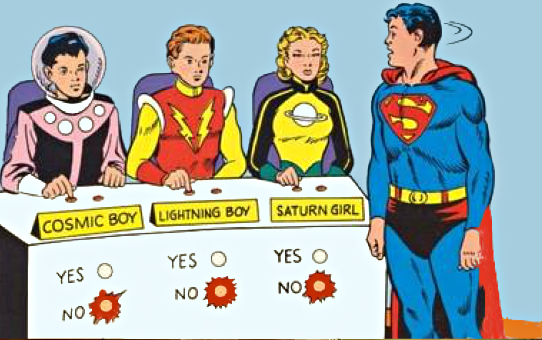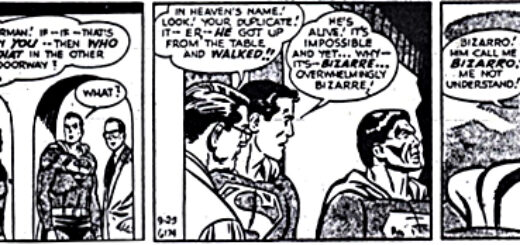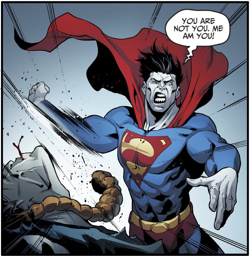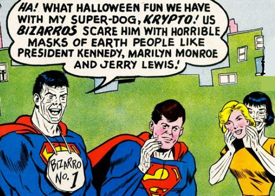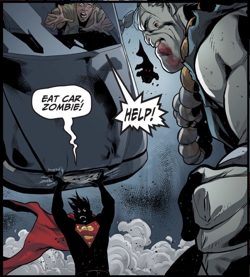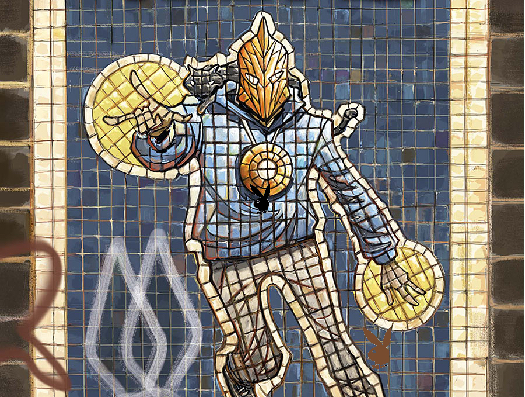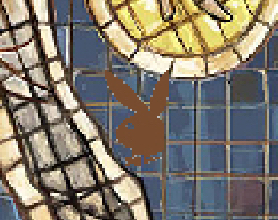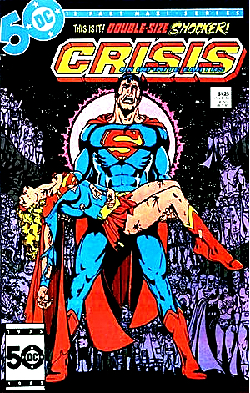Joe Corallo: Save Our Ship!
Last week I talked about my opinions and ended with how I might talk about shipping this week, so I am! No, not that shipping. This shipping.
For those of you not in the know, when all those hip, ironic millennials are talking about how they’d “ship that” what they’re referring to is (mostly) romantic relationships between fictional characters. This is the sort of thing we’ve seen throughout history, and before the advent of the internet fans of soap operas are long-running romantic book series did the same thing just without the cool contemporary jargon.
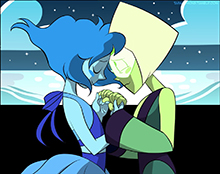 People ship lots of things in those “will they or won’t they?” situations on TV shows. It’s gotten more attention in more geek centric fandoms like Harry Potter, Xena and Star Trek. It gets even more attention in queer geek circles involving same gender pairings as well as triads and other poly relationships. Kirk and Spock from Star Trek is a prominent and early example of pop culture shipping in queer geek fandom.
People ship lots of things in those “will they or won’t they?” situations on TV shows. It’s gotten more attention in more geek centric fandoms like Harry Potter, Xena and Star Trek. It gets even more attention in queer geek circles involving same gender pairings as well as triads and other poly relationships. Kirk and Spock from Star Trek is a prominent and early example of pop culture shipping in queer geek fandom.
Personally, I’d like a Cosmic Boy/Saturn Girl/Lightning Lad triad myself, and maybe one day I’ll commission Kevin Wada to draw them on a date together because he’s incredible and I think he’d nail it.
While shipping is often casually thrown around in fandoms, it sometimes leads to great debate. A recent example of that is with fans of the Supergirl TV show. Many who were shipping Kara and Lena were upset when the cast made jokes about that at SDCC earlier this summer. Last year a Steven Universe artist deleted her Twitter account after she was harassed by fans shipping Amethyst and Peridot. Lauren Zuke had shared art that seemed to support the Lapis and Peridot shippers which initiated the harassment.
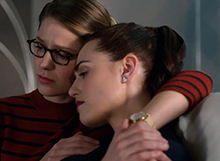 There are more examples that exist outside of those two of (arguably) shipping gone wrong, but there are plenty of others and there will be plenty more. So what is a shipper to do? What is someone outside of that aspect of fandom do when things like this happen?
There are more examples that exist outside of those two of (arguably) shipping gone wrong, but there are plenty of others and there will be plenty more. So what is a shipper to do? What is someone outside of that aspect of fandom do when things like this happen?
There are definitely a few different ways at looking at these sort of events. We should start by acknowledging that shipping is okay. Hell, it’s often encouraged and teased by people working on these different properties. We also have to understand that for many, LGBT+ representation has been next to nothing for most of these fans lives, including myself. While it’s getting better, it still has a ways to go. Many fans, particularly queer fans, use shipping to fantasize about the representation they’re starved for.
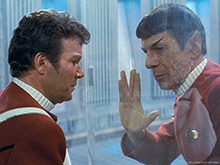 Ultimately, these are properties and franchised owned by corporations or at least owned by people that are not the fans who are shipping in question. Creators need the freedom to do what they would like when they can. It’s often why you like the particular property in the first place.
Ultimately, these are properties and franchised owned by corporations or at least owned by people that are not the fans who are shipping in question. Creators need the freedom to do what they would like when they can. It’s often why you like the particular property in the first place.
Fans like the ones in the Steven Universe example are not a majority; they’re a loud minority of fans. In the Supergirl example, people working on a show are not obligated to support your shipping of certain characters. Accusations that they are being anti-LGBT+ by doing so is a little off as there are already characters who are in the show.
Yes, they are side characters, and that’s a big part of the problem when we talk about representation and how much still needs to be done.
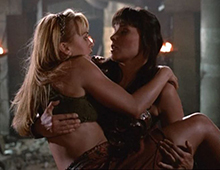 Creators and people behind different properties need to avoid alienating fans as well. One of the reasons they still get to do what they love is because of the fans. Upsetting fans isn’t necessarily a great model for continued success. Telling fans what to feel and how to enjoy your property isn’t always helpful either.
Creators and people behind different properties need to avoid alienating fans as well. One of the reasons they still get to do what they love is because of the fans. Upsetting fans isn’t necessarily a great model for continued success. Telling fans what to feel and how to enjoy your property isn’t always helpful either.
Intense fandom can be alienating to people too. I know more than a few people, including those in my fellow ComicMix columnist ranks, who aren’t opposed to things like Steven Universe but the rabid fans that pop up in those situations are what gets reported and it makes them want to avoid it. While I do love the show and think it’s important LGBT+ representation particularly for people a bit younger than me, I can’t say I don’t at least somewhat understand why someone would feel that way.
Shipping is A-OK in my book, and you should have at it. Don’t let anyone ever make you feel bad about it. However, if the people behind the property don’t agree with or support your ship, getting mad and attacking people on the internet won’t change that. They can’t make you change your mind or want something different though, so don’t worry about what they say; ship who you like!

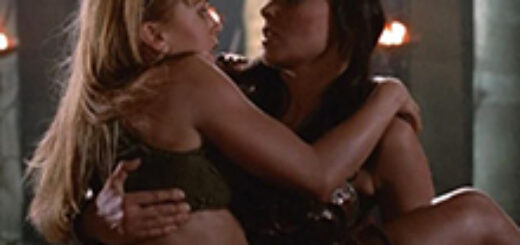

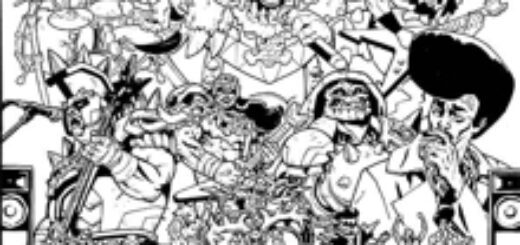
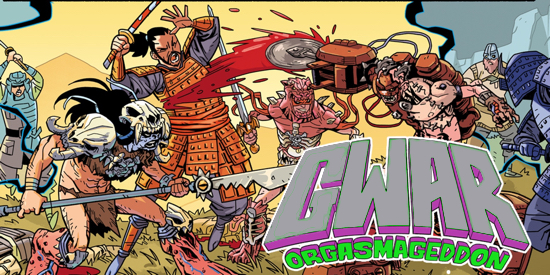
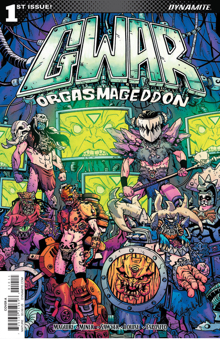
 Anyway, the story starts out by introducing most of the characters with caption boxes on the first page like a
Anyway, the story starts out by introducing most of the characters with caption boxes on the first page like a  The shorts at the end are fun too, and really give it a throwback feel. X-Cop/Zipper Pig has a more simple art style and is done as an origin story. “Pissing Match” is a quick two-pager that helps flesh out a couple of characters you already saw in the bigger story, again like something out of a Legion of Super-Heroes comic.
The shorts at the end are fun too, and really give it a throwback feel. X-Cop/Zipper Pig has a more simple art style and is done as an origin story. “Pissing Match” is a quick two-pager that helps flesh out a couple of characters you already saw in the bigger story, again like something out of a Legion of Super-Heroes comic.